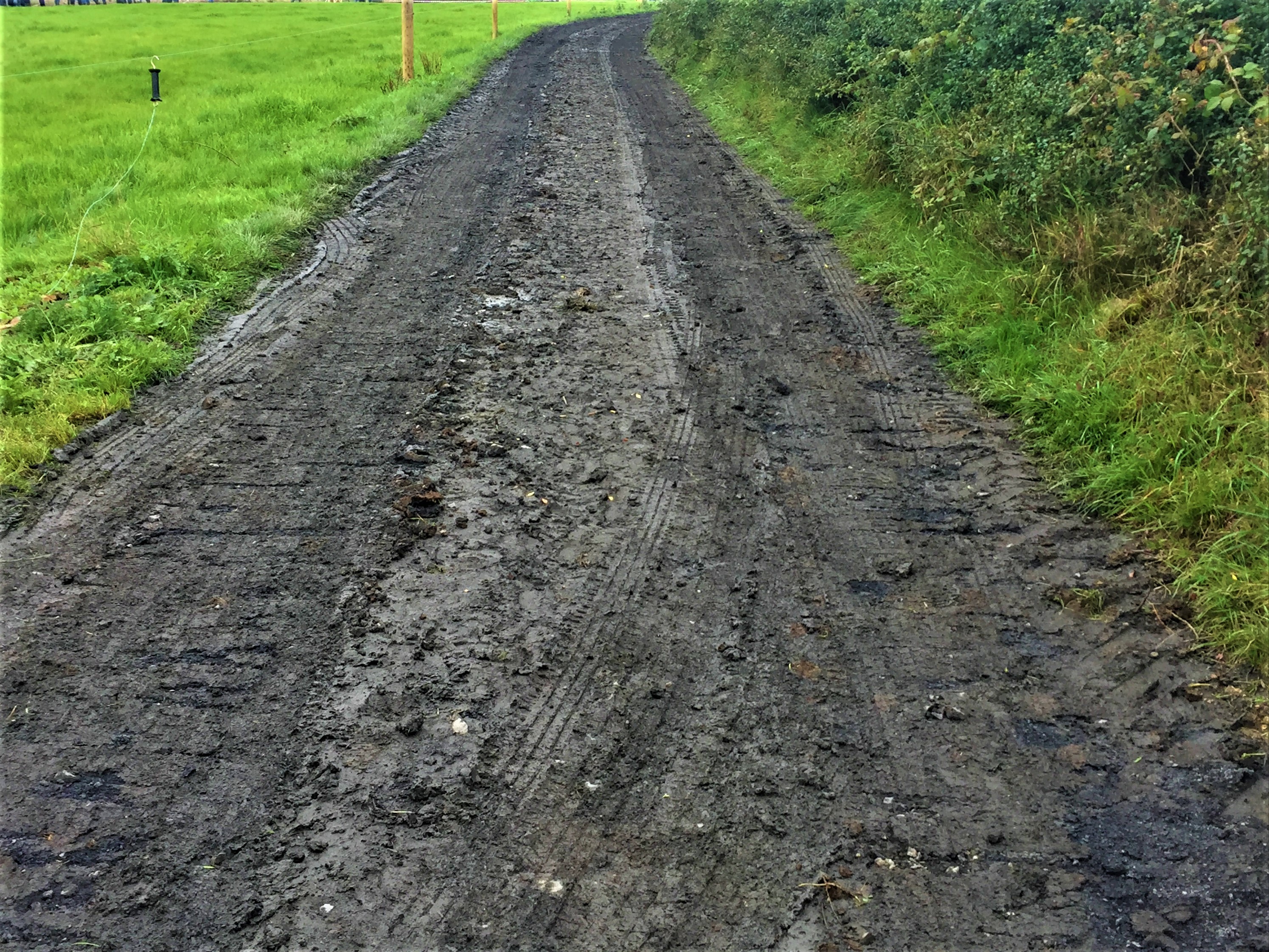Currently milking 94 cows in Stradone, Co. Cavan, David Brady embraced grass measuring three years ago after a tricky experience at a discussion group meeting.
However, that was not the only change to have taken place on the farm. Cow numbers have grown by 20, annual grass growth has improved by 2.5t/ha (8.5t/ha in 2015 versus 10.5t/ha in 2017) and a large degree of drainage work has been completed.
“I started grass measuring in 2015 after I attended a course in Ballyhaise. I started because I was asked a few questions at a discussion group meeting that I had no answers to.
“One of the farmers asked me what was the stocking rate, demand and even the area of the platform and I didn’t know it,” David told the dairy conference at this year’s Virginia Show.
At the time, David thought it was time for change, adding: “That set me on a road. I started grass measuring and everything has changed from then.”
After securing a parcel of land – which had previously been rented on a yearly basis – on a 10-year lease, the Cavan man also became a monitor farmer in the Heavy Soils Programme.
From a position of milking 74 cows – each producing approximately 400kg of milk solids – David’s now milking 94 predominately Holstein Friesians on a farm which he describes as being “wet and heavy”. In addition, milk solids production has climbed by 50kg/cow to stand at 450kg/cow in 2017.
“We hoped that we would be at 100 cows, but we took our time with cow numbers until we got the platform right,” he noted.
The changes
Since joining the Heavy Soils Programme, the Cavan-based farmer has aimed to increase the number of grazing days to 270 each year – a move that will be beneficial in terms of farm profitability.
To make this target achievable, a large degree of field work was required. David looked at drainage as a method of extending the grazing season on the farm. It would also allow him to achieve better utilisation of grass during the shoulders of the year.
Over the last number of years, over 10,000m of piping has been laid. In addition, gravel moles were installed in some of the paddocks at a cost of approximately €1,550/ac.
Additional cow roadways were also developed to the rented ground, while spur roads were installed to give better access to some of the paddocks on the home farm.
When it came to water infrastructure, David opted to maintain the existing system on the farm and he decided to install 400-gallon drinkers in each paddock.
However, he now feels that he would have been better off getting a new water system installed, as the cost of doing so compares relatively well to the money spent on the bigger drinkers.
Soil fertility levels have also been targeted. A special emphasis has been placed on improving the farm’s P (phosphorous) levels, as the majority of the soils were at index 1 and 2.
The financial nuts and bolts
In total, David spent €115,500 on improvements to the farm. A figure of €10,000 was placed on piping, while gravel and digger work stood at €13,500 and €40,000 respectively.
A sum of €6,000 was invested on drinkers; €15,000 on reseeding; €16,000 on gravel moles; €5,000 on roadways; and €10,000 on fertiliser.
To make the investment viable, David needed to see a substantial increase in grass growth and milk solids production; both of which have occurred.
As the cows are now grazing better-quality, better-managed grass, milk solids production has climbed by 50kg/cow.
At a value of €4/kg and a targeted 100-cow herd, this increase in milk solids alone is worth €20,000 to the business – without including the additional 400kg of milk solids produced from the potential 26 extra cows on the farm.
At this point, it’s worth noting that David’s level of meal supplementation has remained constant at 900kg/cow, so the additional solids have come from improvements in grassland management, herd genetics and six week calving rate (climbed from 60% in 2015 to 83% in 2018).
As the herd is relatively young – 30% of the herd is heifers – David’s hoping to hit 500kg of milk solids per cow in the coming years, thus allowing him to make a return on his investment in approximately five years.
Commenting on the progress that’s been made, David said: “The big focus for me and the big change on the farm has been grass measuring.
“Grass measuring changed the farm. We have better utilisation and grass management. Everybody on the farm knows that grass has to be measured at some point every week. It’s not a chore, it’s something that we enjoy.”
He added: “The solids are better because the cows are going into better grass. Better grass makes for happier cows and we are making far more surplus silage. In the last two weeks, we’ve taken out 200 bales.”



